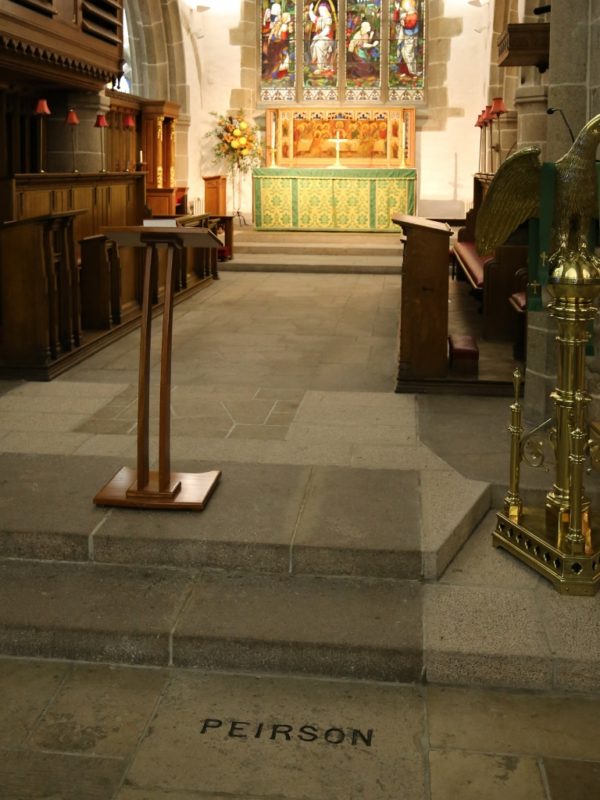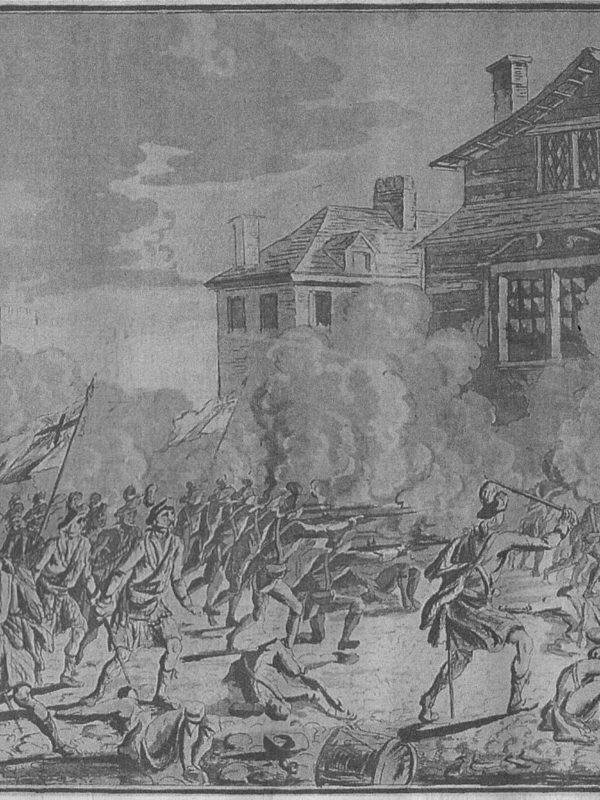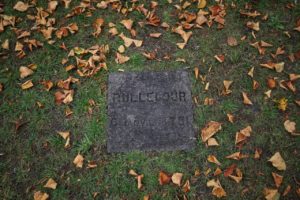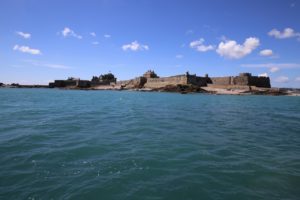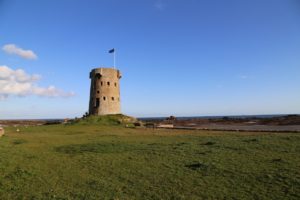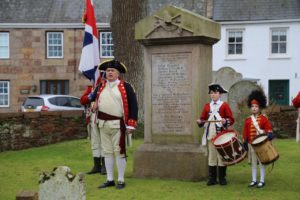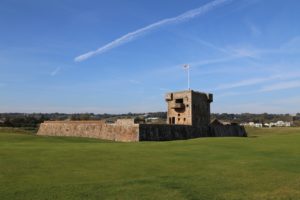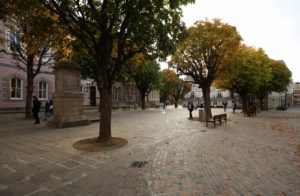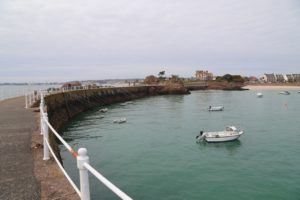The Battle of Jersey story starts after an early morning landing at La Rocque in the east of the Island, when the militia guards supposedly keeping watch were not at their posts. There was nothing to prevent the invasion force from marching straight into St Helier unopposed. This invasion followed a prior invasion attempt which had failed just 18 months before on the west of the Island. On that earlier occasion, it was repulsed on the shoreline by garrison and militia troops. But in 1781, the French arrived in Town as everyone slept including the Governor of the Island, who was taken prisoner before he could escape. The Governor, a prisoner and under duress, ordered the Island’s troops to surrender, but fortunately this order was rejected. Under the command of a young English Major, the troops of each side engaged each other in a ferocious battle in the Royal Square.
The fright of what might have happened, had the last battle fought on British soil following an invasion succeeded, led to unprecedented military fortification and road building. Jersey became one of the most heavily defended of Britain’s territories in history within a couple of decades with more than 800 cannon emplaced around its coastline and thousands of troops garrisoned in the Island.
Whilst we cover aspects of the Battle of Jersey in our general military history tours, a specific Battle of Jersey tour is currently available as a special tour for a private group booking. It is available any day all year around provided we haven’t taken scheduled tour bookings.
Our Battle of Jersey Tour takes a full day or a half day, depending on the number of locations visited. It can be booked as a Private Tour on any day in our Calendar.
Our Battle of Jersey tour highlights
- Fort Conway (Henry) – 83rd Regiment barracks
- Grouville Church
- La Rocque – landing and battle site
- Le Hocq – Jersey Round Tower
- The Royal Square – the Battle of Jersey site
- The Town Church, St Helier
- Elizabeth Castle – Invalid Artillery barracks and batteries (not visited, view from shore)
Click the Map icon (below main image in grey bar to the right) to view locations and further information or click here to view all locations
Jersey Military Tours are devised in a way to give our guests an overall and enjoyable experience which means that we won’t always follow the same route or stop at all the highlights below, although we will do our best to do so. This gives us the ability to make changes either to take advantage of, or to mitigate against factors such as weather or other delays which might affect timing.
Jersey Military Tours are a combination of a vehicle tour and exploring the sites on foot. Please refer to the Level of Fitness Grading.
For what’s included in these Tours please see Information below

 We offset our carbon footprint for each tour and additionally match it with a donation towards seagrass conservation
We offset our carbon footprint for each tour and additionally match it with a donation towards seagrass conservation

